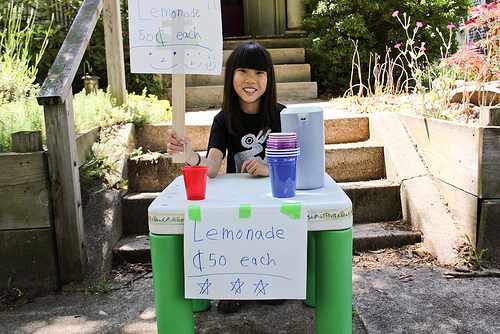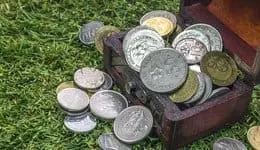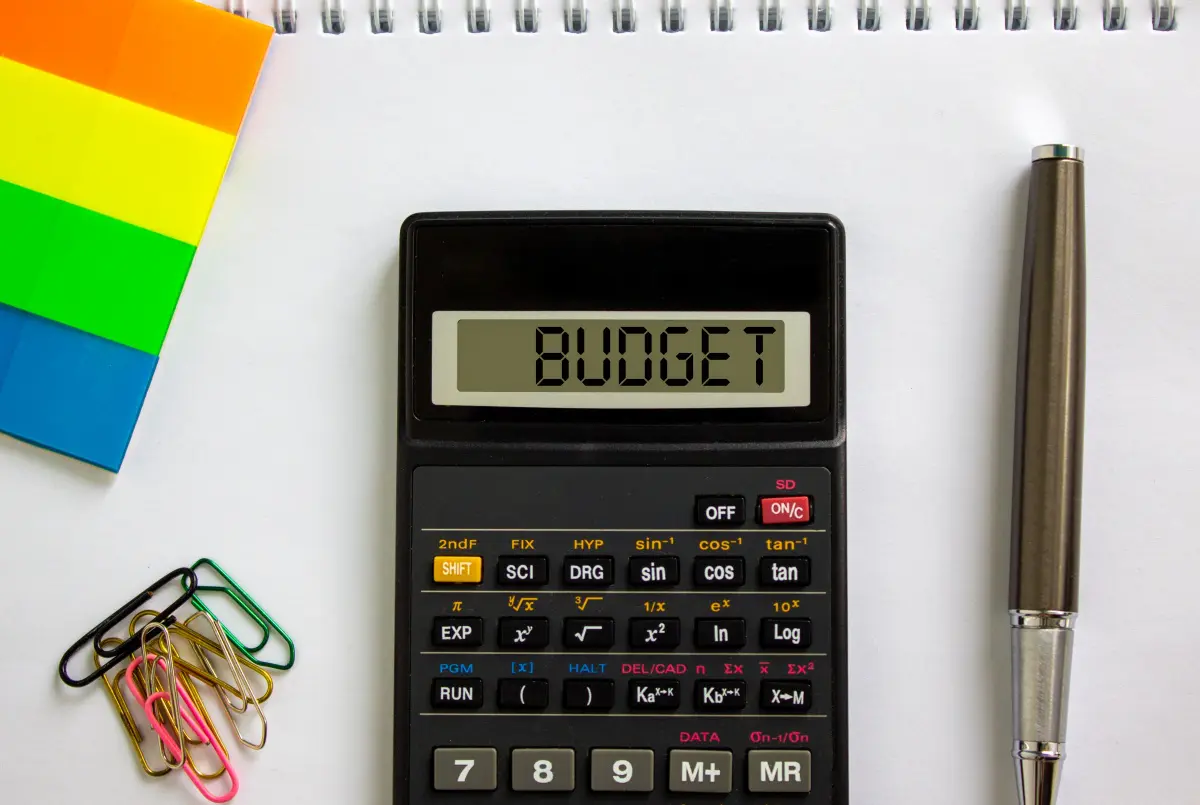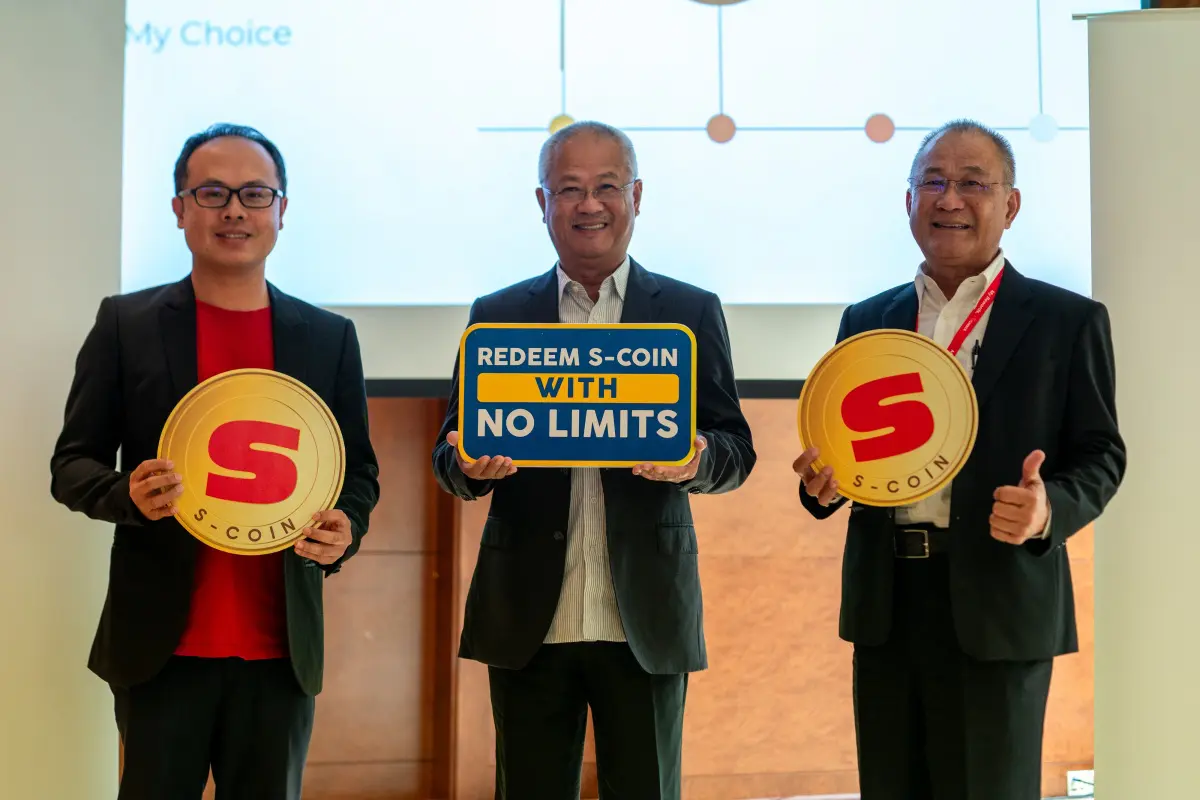Heeral Bhatt
24th June 2015 - 5 min read
Many children see their parents as ATM machines throughout life, giving them whatever they want. This is especially true in Asian families where parents sacrifice their retirement funds to send their kids to an ivy league equivalent college.
Whilst there is no problem in giving your children the best in life; it’s also important to equip them with the right attitude about money. It’s easy enough to tell a child to value money; to save and to be prudent but just telling them is not always effective.

Sometimes, the best way is via real world experience and life lessons. We give you some practical simulations you can do for your child to help them learn real world money lessons from the get-go. But before that, you might pose the following question.
When Should I Start Teaching My Child?
Every child will mature at a different rate. Whilst some growth benchmarks such as walking and talking may be somewhat universal; comprehension isn’t.
The best time to start teaching your child is when they are able to grasp concepts and start analysing the world around them. For some children, this can begin as early as at age 4-5 but others may take longer.
The best time to teach is entirely up to you as only you know if your child is ready. But if we were to weigh in: Its always better to start teaching your child at as young an age as possible, as the saying goes, “melentur buluh biarlah dari rebungnya”.
With that out of the way – on to the lessons!
1. The Shopping Comparator
Comparison shopping is something many people will start doing in life thanks to increasing prices. As such, why not get your child in on the comparing action?
Choose a supermarket which gives a variety of products with various discounts. When you enter the supermarket, hand your shopping list to your child and ask him/her to comparison shop. Give him/her a challenge to pick the cheapest price among the many brands of the items available.
Don’t worry about duds; you can always weed through the products as you go along and remove items that are not suitable. You can then explain to your child when it is important to find the best price and when it is more crucial to buy the better product.
Real world comparison shopping will teach your child to hunt for deals but also when to fork out for quality.
As an added bonus; give them a small token amount of say RM5 or RM10 to put in their piggy bank at the end of the day. Tell them it’s the money they saved from choosing wisely and show them how they now are able to purchase something else with the saved amount!

2. The Lemonade Stall Lesson
It’s simple enough to tell a child that money is valuable and a by-product of hard work but how much of this point is actually sinking in for them?
Sometimes, explaining something to your child isn’t enough to make the kind of impression you want. Instead, let them try their hand at earning their own pocket money too.
You can start by localising the American “lemonade stall” technique. Kids’ lemonade stalls are awesome ways American children learn about earning money and entrepreneurship so why not give your child a similar headstart?
You can help your child set up an kuih or sandwich stall right in front of your house or at the local flea market. You can even sell drinks or nasi lemak packs.
Although, it’s not about you taking a profit from your children; you can teach them real sales’ lessons by cutting the requisite overhead costs for making the items from their profit. You can secretly stick the additional money into their savings.
This simple activity teaches them how hard it is to earn money and how much work really goes into a business. You never know; you may be nurturing a budding entrepreneur!

3. Show Them the Money
Although most parents eventually start giving their kids pocket money to manage; the practice is often started too late. Kindergarten and pre-school children can already be given a small allowance for attending classes diligently.
Just as adults go to work to earn their ‘pocket money’, this practice can be similarly taught to kids.
As most kindergartens do not have canteen concepts, the money given to the child can go towards the ice-cream treat he wanted at the mall or if saved enough; the toy he’s been wanting.
Giving your child pocket money is a good step for learning initial money management. If you’re afraid they would make spending mistakes, let them. We learn from our mistakes, and so do children.
4. To a Bank We Will Go
Banking is often not a fun activity for anyone of any age but taking your child to a bank to show them where you pay credit card bills, loans and receive money can give them an idea of what money management looks like.
Although, you probably make all your payments online; try the branch run at least once to give them a lesson.
While you are there, open a savings account for them. They can deposit their allowance savings into this and see how their money grows in the bank.
Doing this not only allows them to witness the joy of having their bank balance light up on the ATM screen; but also to show them that credit cards aren’t magic money and need to be paid!
Often, the show-and-tell or experience method works better in teaching children than simply repeating a value.
What are the ways you teach your child the value of money?









Comments (0)